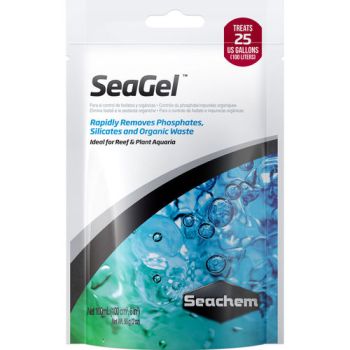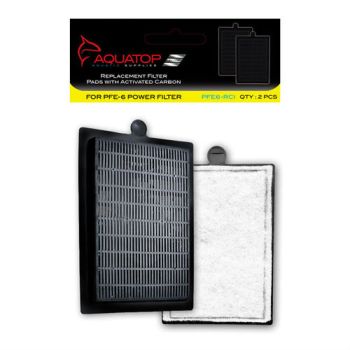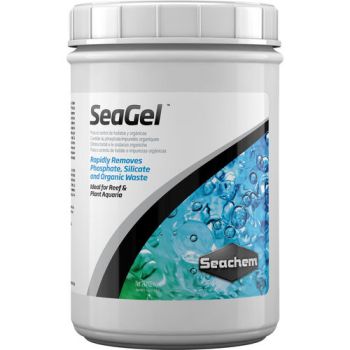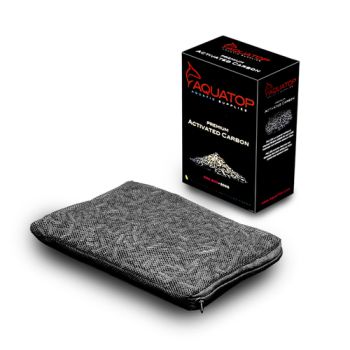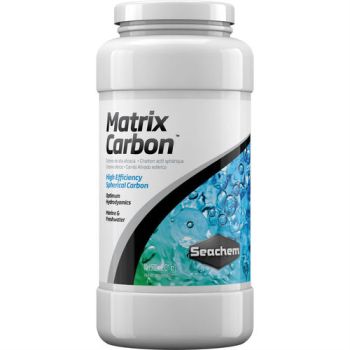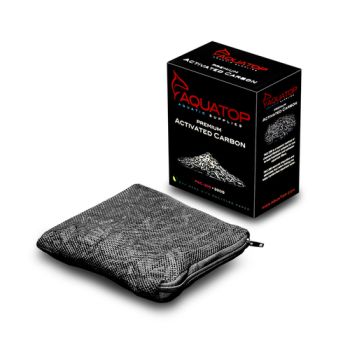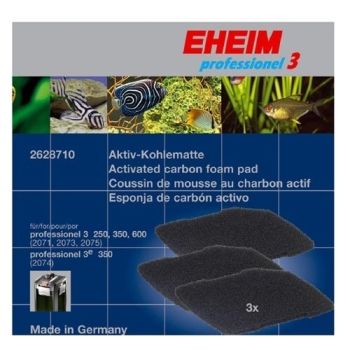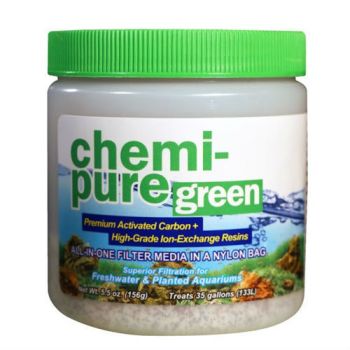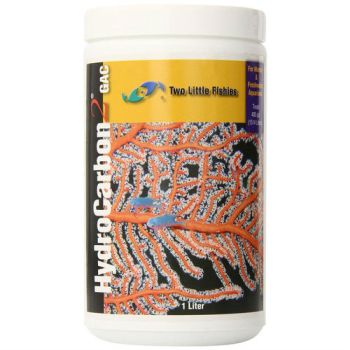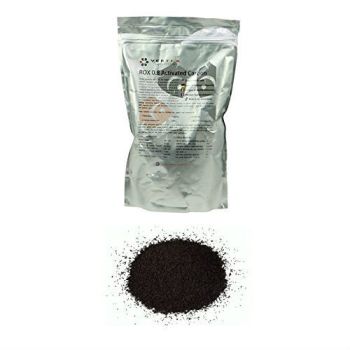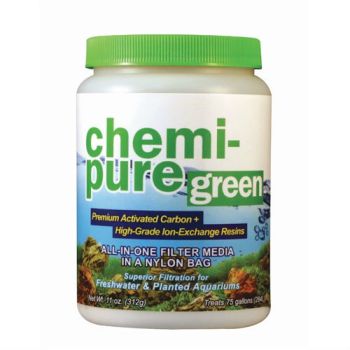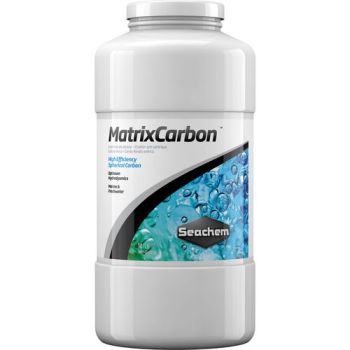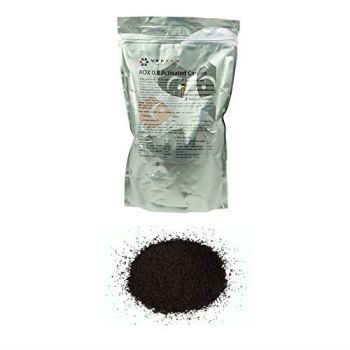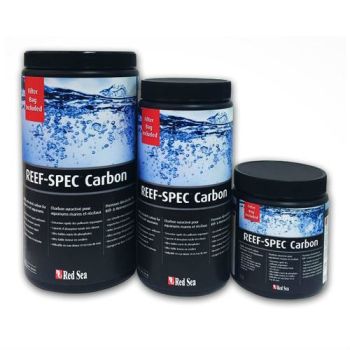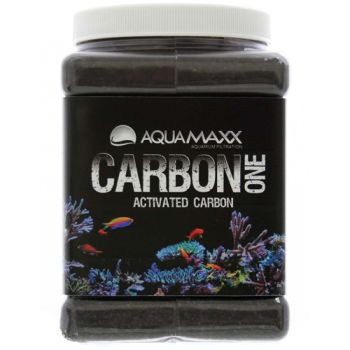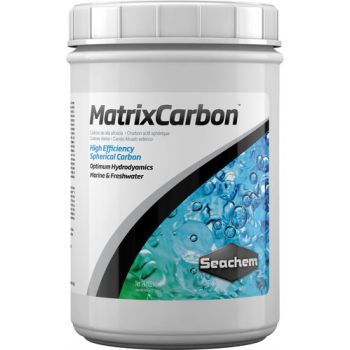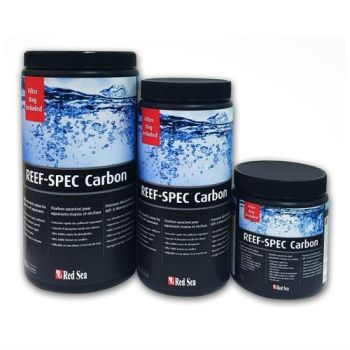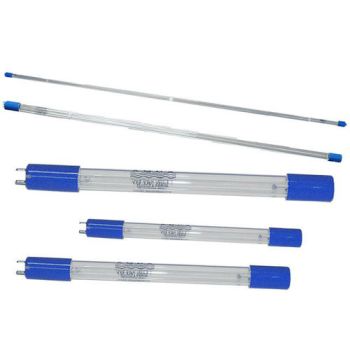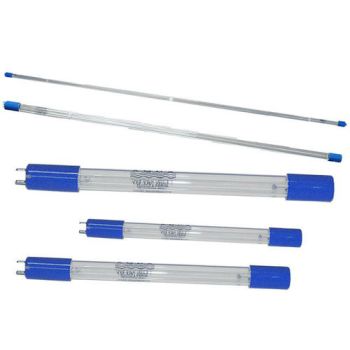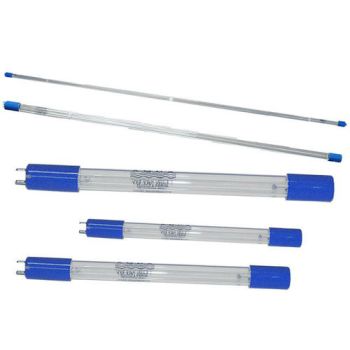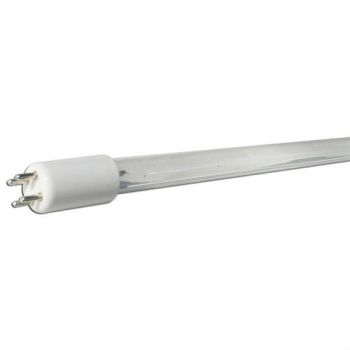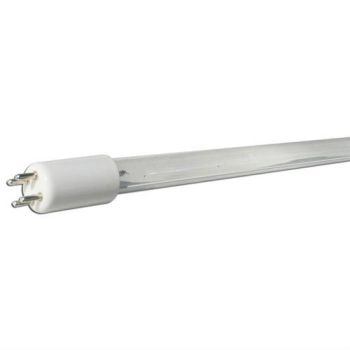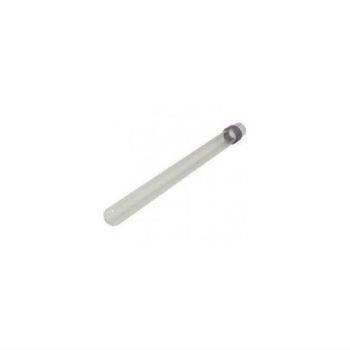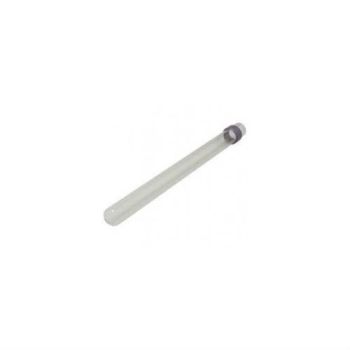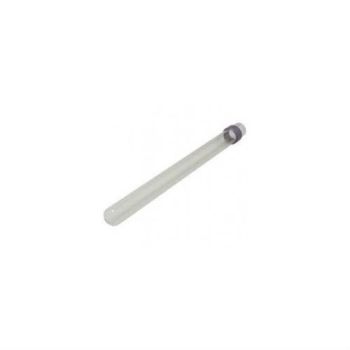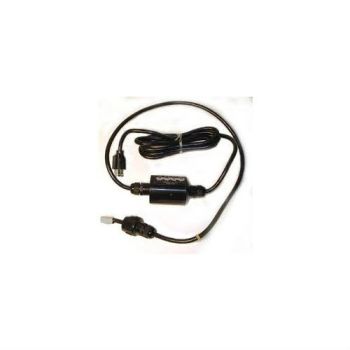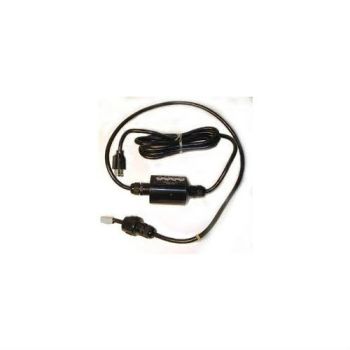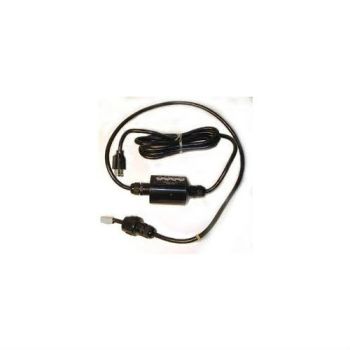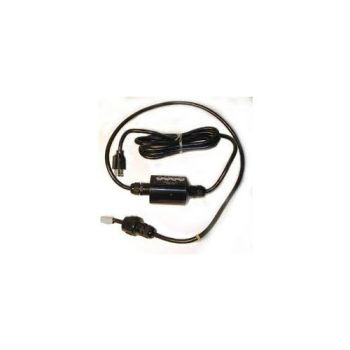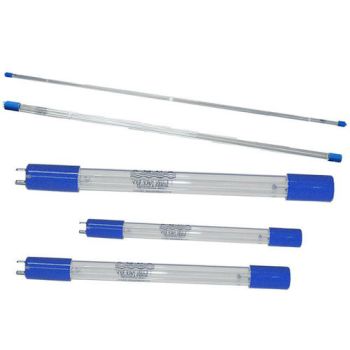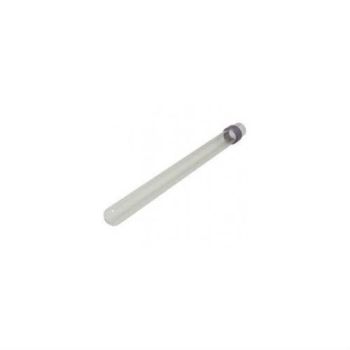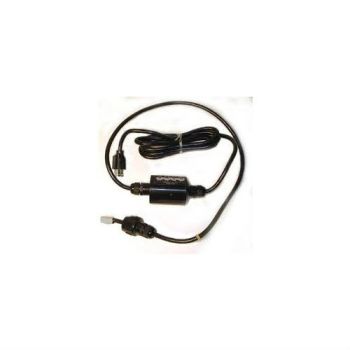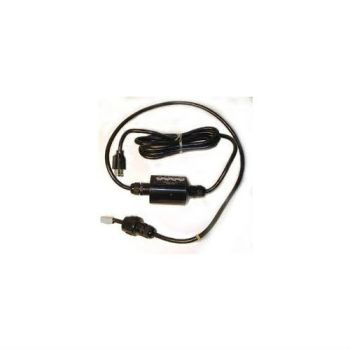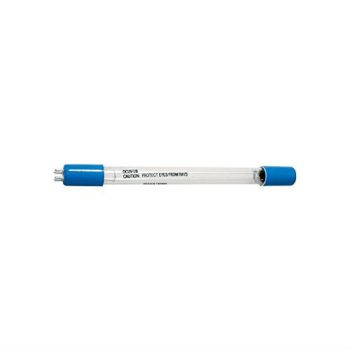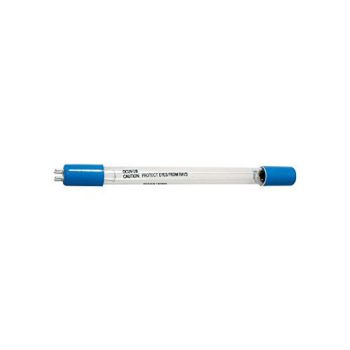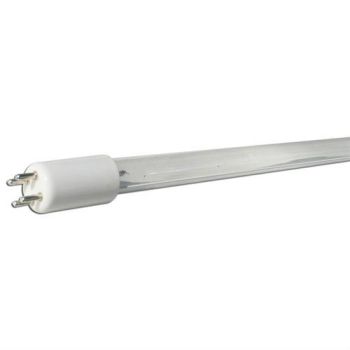Filtration
Saltwater Aquariums Filters
One of the most important components of a saltwater aquarium is the filter. There are three various types of filters available for the aquarium. They are biological, chemical, and mechanical types of filters.
To understand how they work, one needs to understand the chemistry of the water when it becomes inhabited by saltwater species. Two important elements make essential filtering in the aquarium. The species eat, they produce waste products and often times the extra food left over after hardy feeding decay and adds to the waste in the tank. Left unattended and unfiltered, these waste materials create an imbalance in the chemical makeup of the water which can lead to fish disease, dying off and basically an eyesore instead of a beautiful aquarium.
How Aquarium Filtrations Work?
Therefore, the first mechanism in the filtering process is simply mechanical. The process of taking water and waste products in and filtering away waste products through a series of filter types that remove unwanted materials and output cleaner water back into the tank. However, this does not mean the water is safe as yet to the fish. For that to be the case, the water must have the right balance of natural chemicals and bacteria. The pH of the water must be right and a “life cycle” of waste to helpful chemistry is imperative.
Nothing wipes out a fish population quicker than a poorly prepared fish tank whose water has been unfiltered and not allowed to progress through the correct cycle to change bad chemistry into beneficial chemistry.
Take a closer look at these factors. Aquatic animals, through the process of respiration, release ammonia directly into the aquarium water. When these levels get too high for the respiration process, the process of releasing ammonia becomes impossible and the fish may suffocate. This is typical of an over-populated tank that has not had a proper amount of time to “set-up time”. This process of setting up actually produced other bacteria that “eat “ the ammonia. These bacteria turn the ammonia into nitrites (bad for the fish) which in turn are converted to healthy nitrates that are good for the fish. This entire process is perpetuated within a good biological filter.
Take the time to understand this process and how the many different types of filters we carry can solve all of these problems.


